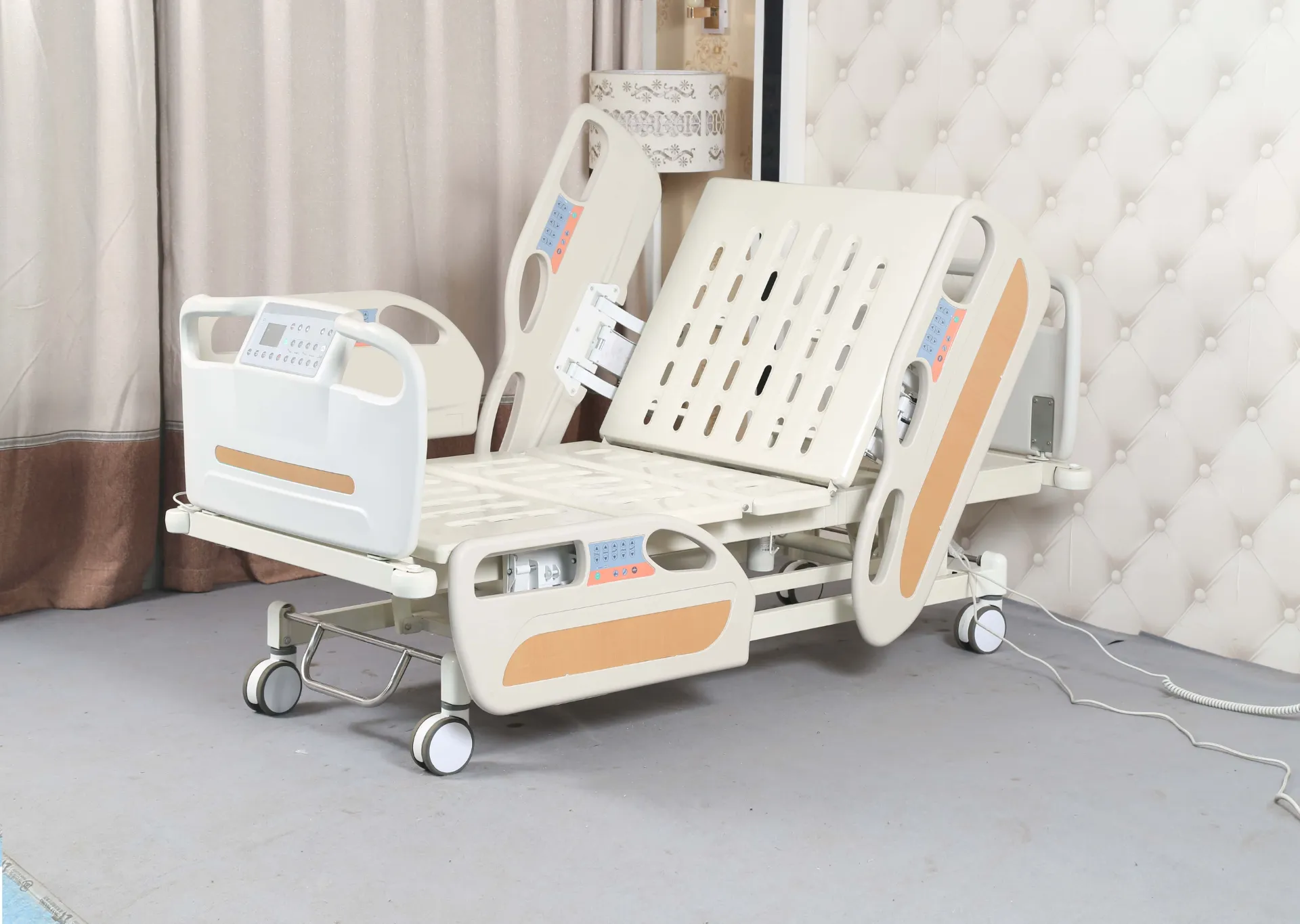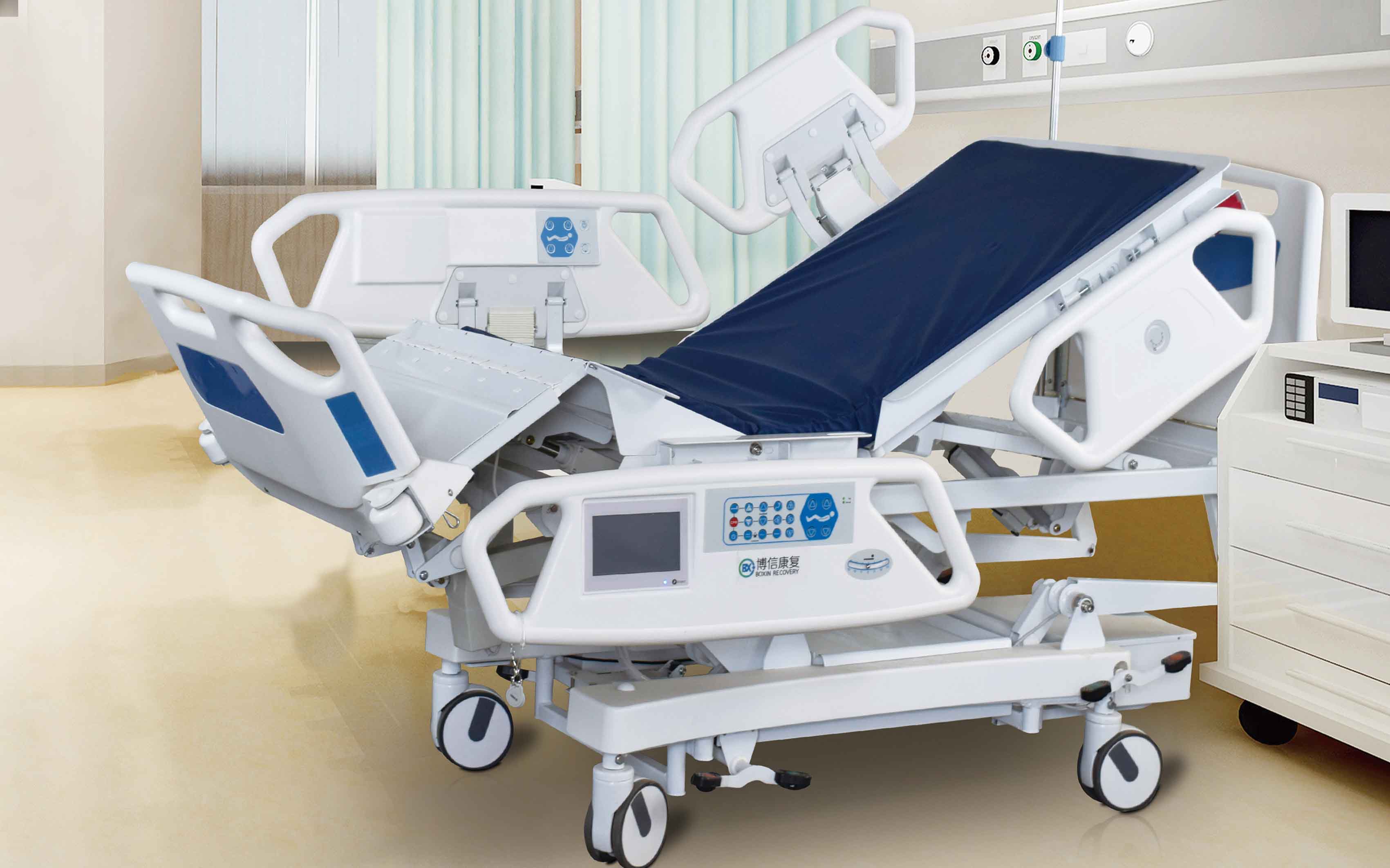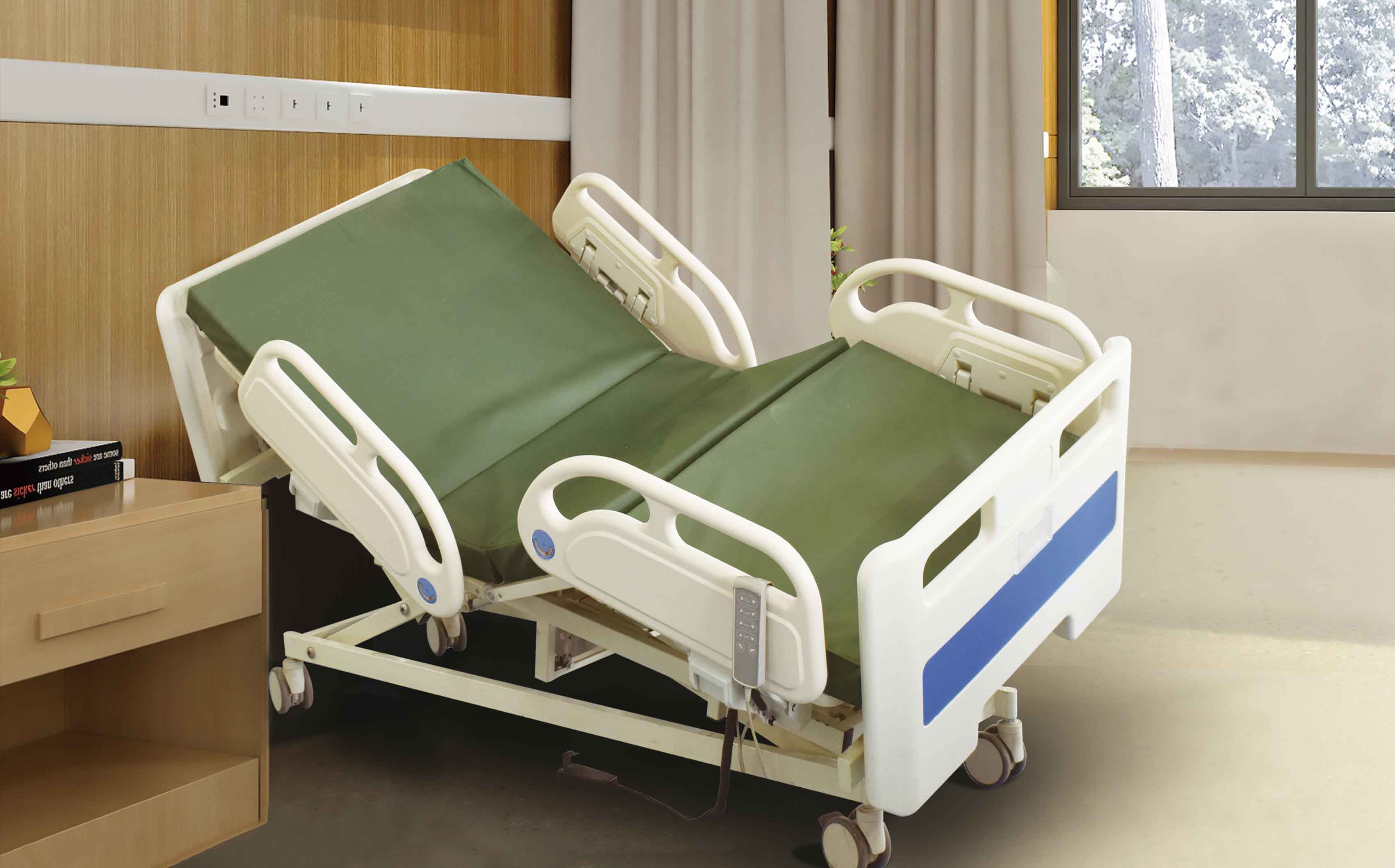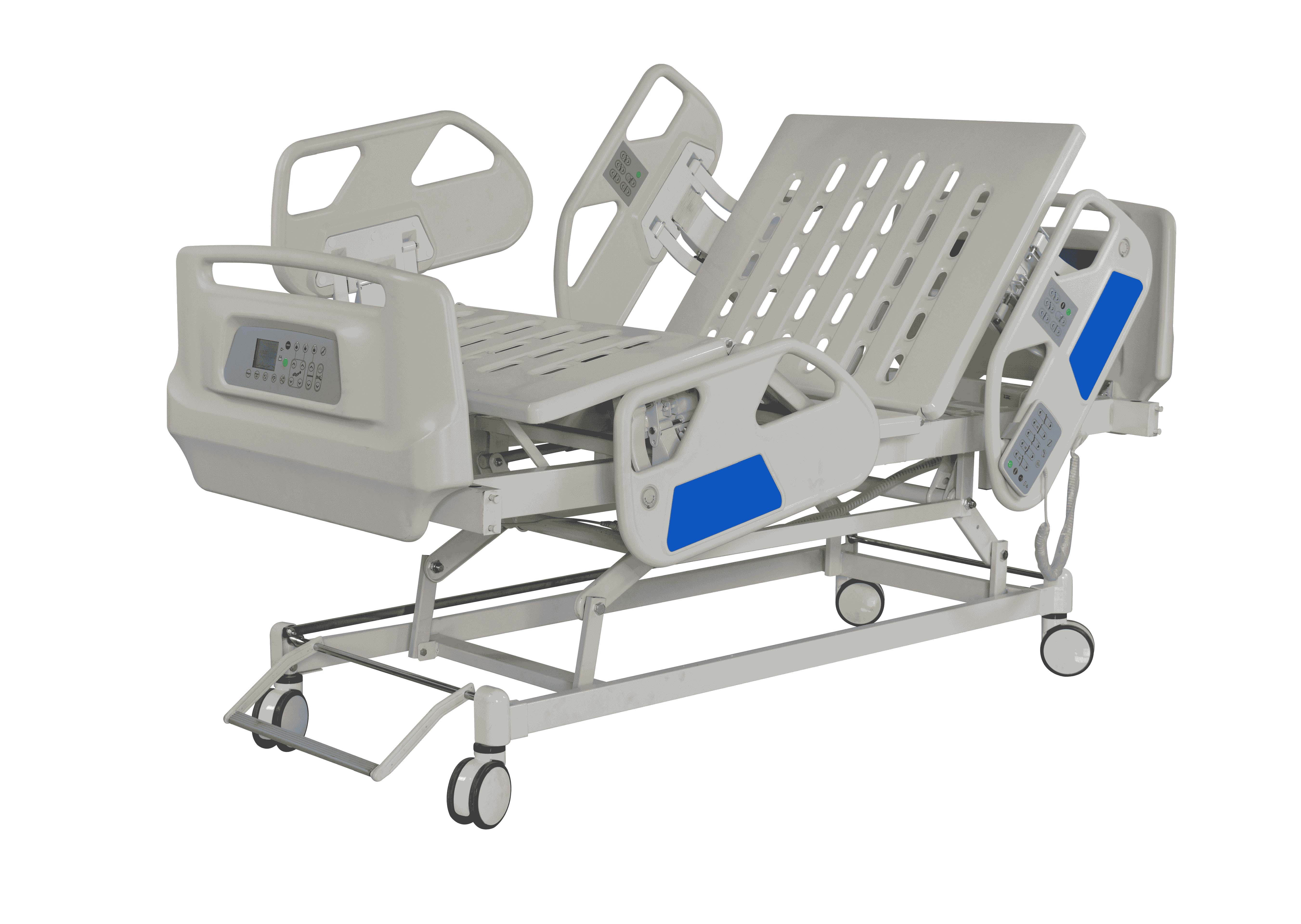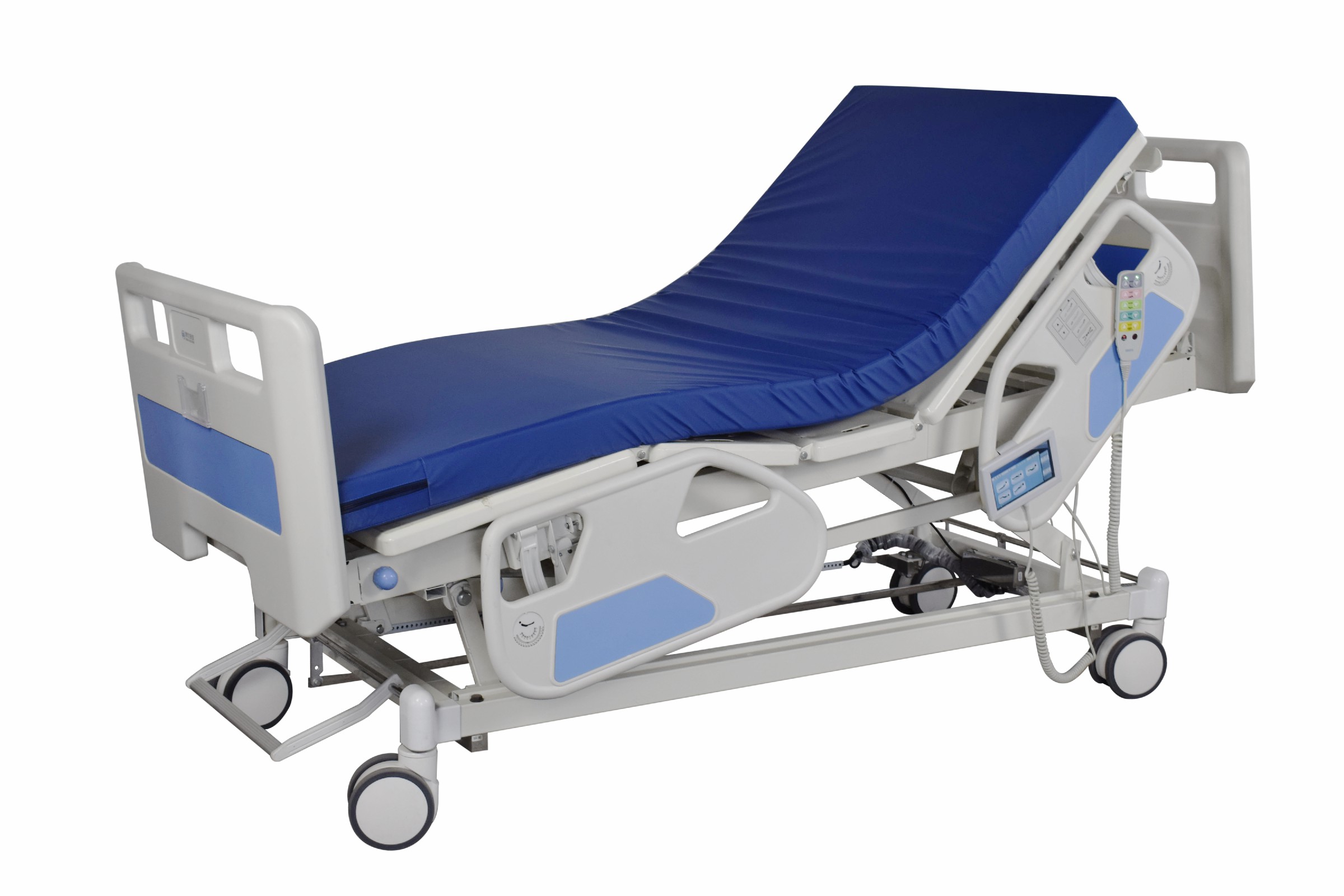Welcome to our websites!
High-Quality Hospital Crib for Safe Patient Care Solutions

In the ever-evolving landscape of healthcare, the hospital crib—alongside hospital sofa, hospital sofa bed, hospitalbeds, and chair in hospital—are essential assets supporting both patient comfort and care efficiency. As hospital standards rise and the elderly population grows, products like the hospital crib and Japanese hospital beds for elderly play a critical role in patient safety and operational excellence.
Industry Trends: Modernization of Hospital Furniture
- Global hospital furniture market size reached USD 7.6 Billion in 2023, projected to grow over 5.4% CAGR through 2029. (ResearchAndMarkets)
- Hospital cribs, hospitalbeds, and sofa beds are seeing rapid demand growth due to increased focus on elderly patient care, neonatal safety, and patient-family accommodation.
- Japan leads the Asia-Pacific region in innovative senior hospital bed designs, focusing on anti-collision, ergonomic adjustment, and infection control.
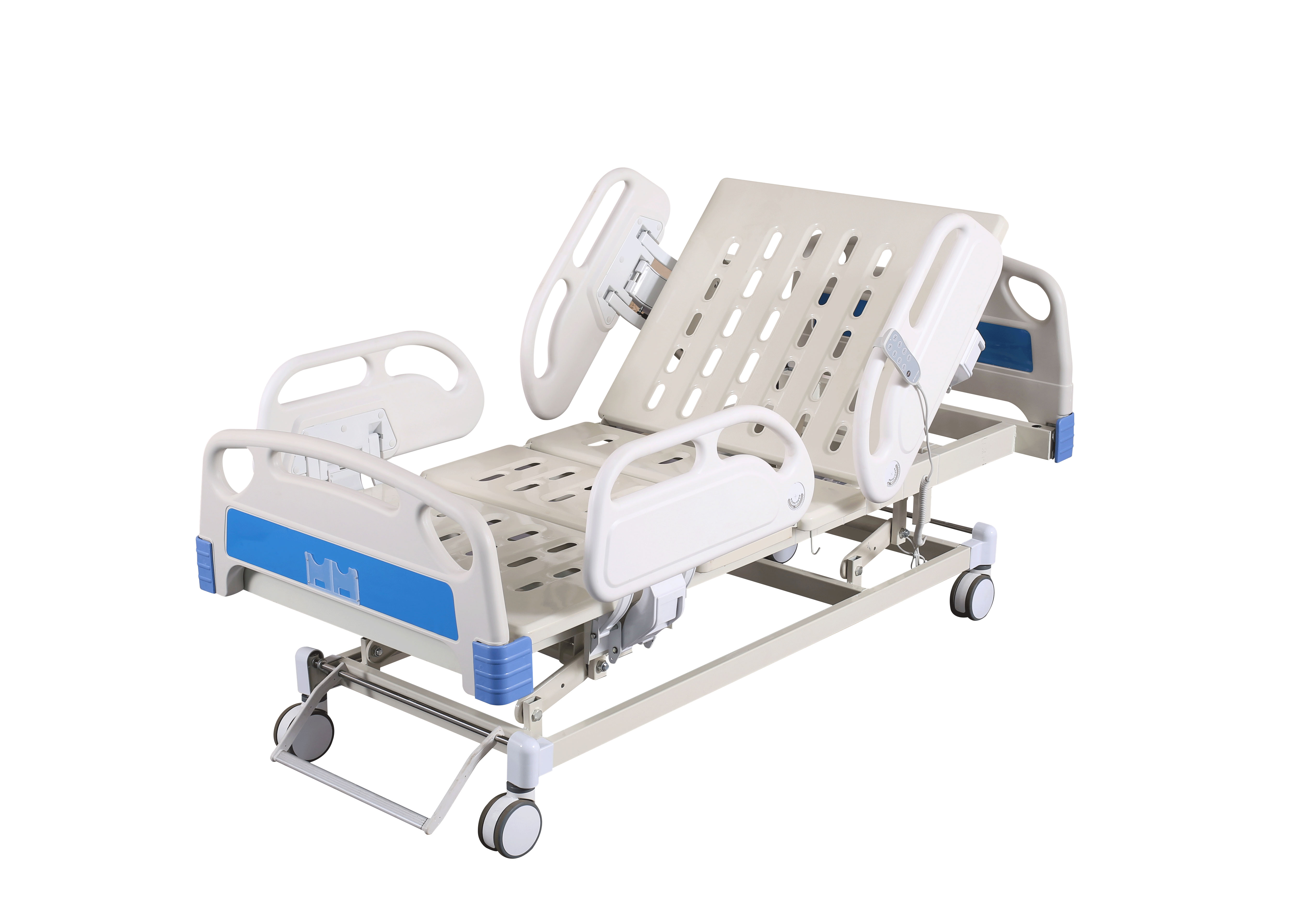
What Is a Hospital Crib? — Design, Structure & Essential Features
A hospital crib is a specialized medical cot designed for infants and toddlers admitted to hospitals. In contrast to standard beds, a hospital crib is constructed with robust barriers, height-adjustable bases, secure locking mechanisms, and rounded corners for ultimate patient safety.
- Material: High-strength medical stainless steel, powder-coated steel, or aluminum alloy for anti-corrosion and longevity.
- Dimensions: Typically 1200–1400mm (L) × 650–800mm (W) × 950–1100mm (H).
- Standards Compliance: Certified under ISO 13485 (Medical Devices), FDA, and occasionally ANSI/BIFMA standards for structural strength and patient safety.
- Key Features: Drop-side rails, silent casters with brakes, mattress support, IV pole compatibility, and anti-bacterial surfaces.
- Usable in: Pediatric wards, neonatal intensive care (NICU) units, emergency rooms, and mother & child hospitals.
| Product Type | Main Material | Dimensions (mm) | Adjustable Features | Load Capacity (kg) | Certifications | Typical Lifespan |
|---|---|---|---|---|---|---|
| Hospital Crib | 304 Stainless Steel / Powder-coated Steel | 1300×750×1100 | Base height, Drop-side guardrails | 80–100 | ISO 13485, FDA | 10+ years |
| Hospitalbeds | Aluminum Alloy / ABS Plastic | 2100×950×500–800 | Back, leg, height, tilt | 220–250 | CE, ISO 9001 | 8–12 years |
| Hospital Sofa Bed | Steel Frame + PU/Leather Upholstery | 1900×600×650 | Foldable, Reclining | 150 | ANSI/BIFMA | 7–9 years |
| Chair in Hospital | Chrome Steel / Plastic | 480×540×900 | Stackable, Armrest options | 125 | BIFMA | 8–10 years |
With continual innovation, a modern hospital crib meets robust hygiene and anti-microbial standards, offering seamless integration into pediatric hospital infrastructure.
Data Visualization: Technical Parameter Trends
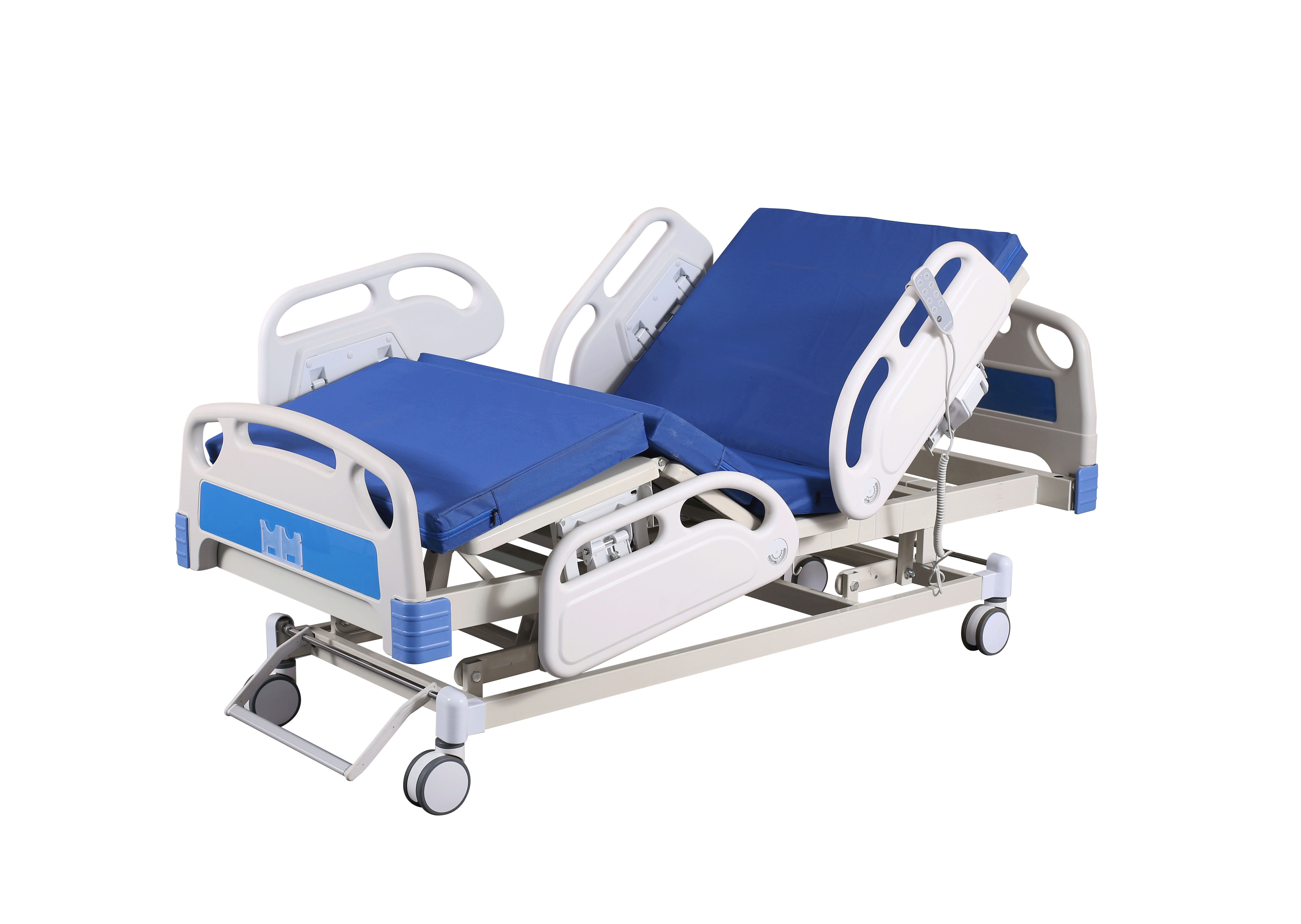
Japanese Hospital Beds for Elderly – Technology Unveiled
The Japanese hospital beds for elderly are a pinnacle of ergonomics and safety for geriatric patients. Fusing advanced electronics, patented anti-collision structures, and reinforced frames, these beds provide critical support for elderly patients prone to falls and mobility issues.
View detailed specs & purchase.
Medical-grade 304 stainless steel, reinforcing bar, and antibacterial powder-coated steel sourced from ISO 9001 certified mills, strictly inspected for purity, corrosion, and mechanical properties.
High-precision laser cutting, CNC bending, and stamping shape the frames with ±0.1mm tolerance for harmonic assembly and zero sharp edge risks (EN 60601-2-52 compliant).
MIG/TIG robotic welding ensures seamless, high-strength joints. Joints are x-ray tested and ultrasonic-inspected to meet ANSI/AAMI ES60601–1 durability standards.
Multi-layer electrostatic powder coating increases rust resistance (salt spray test ≥ 240 hrs), finished with anti-bacterial laminate, ensuring easy disinfection.
Assembly of drop-side rails, silent medical casters (tested for >30,000 cycles), adjustable mattress platforms, control panels, and safety locks.
& Aging tests, mechanical loading, microbial assay, and inspection for ISO 13485 compliance prior to delivery.
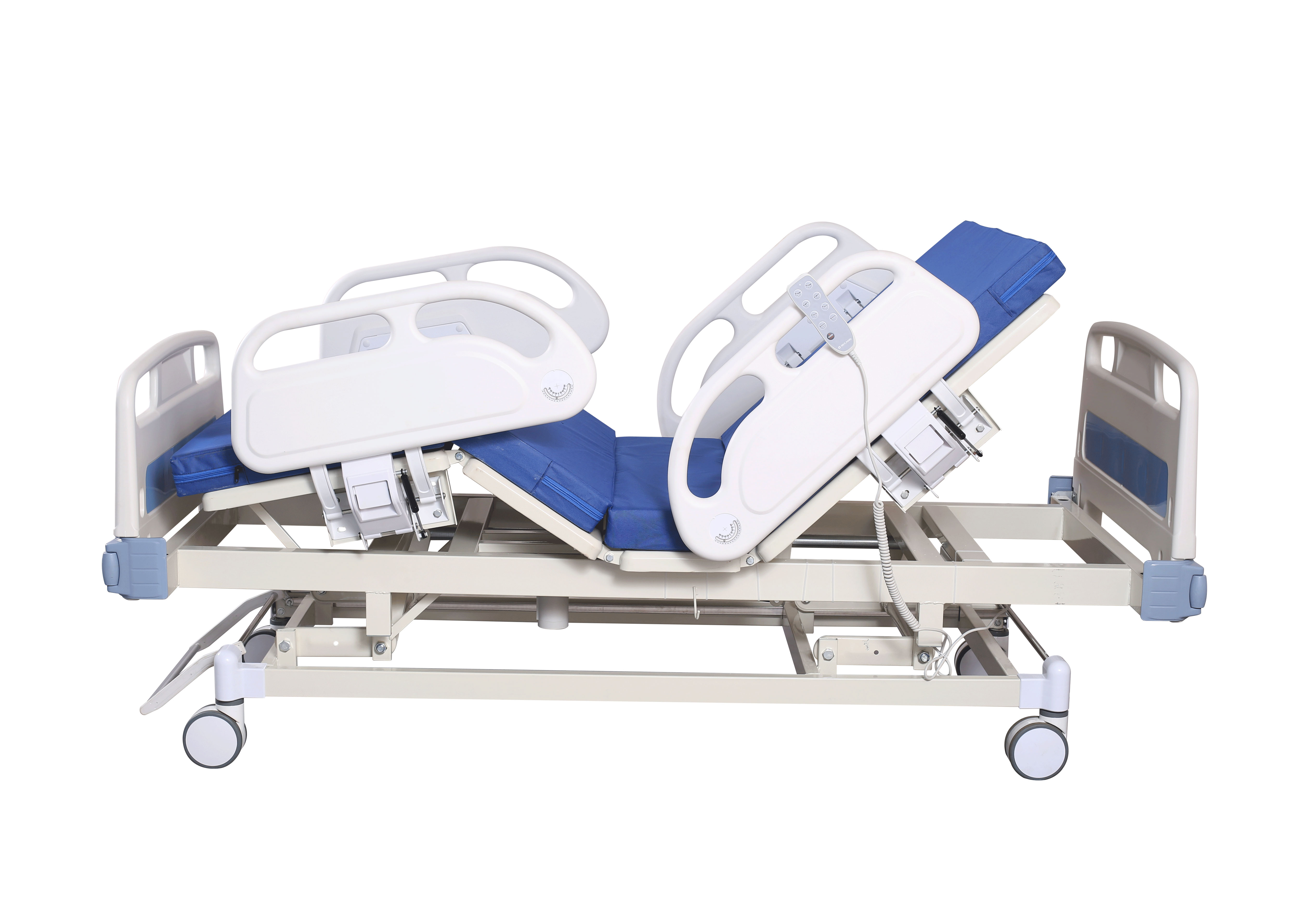
Technical Parameters & Product Comparison: Japanese Hospital Beds for Elderly
| Model | Load Capacity (kg) | Height Adjustment (mm) | Backrest Tilt (°) | Frame Material | Surface Treatment | Warranty |
|---|---|---|---|---|---|---|
| Japanese Hospital Bed (BX-700ELD) | 245 | 410–750 | 0–85 | Stainless Steel + ABS | Anti-bacterial Powder Coating | 5 years |
| Standard Hospitalbed | 210 | 500–800 | 0–70 | Aluminum Alloy + ABS | Powder Coating | 3 years |

Application Scenarios: From Pediatrics to Geriatrics

- Pediatric Wards: Modern hospital crib designs reduce risk of falls and cross-infections, supporting 24/7 monitoring and safe equipment integration.
- Elderly Care Facilities: Japanese hospital beds for elderly offer anti-slip handrails, memory foam mattresses, and electronic adjustments, helping reduce nurse injuries and improving patient recovery rates.
- Intensive Care Units: The adaptability, maneuverability, and easy-sanitization features support rapidly changing medical needs.
- Family Accommodation: Hospital sofa beds and chair in hospital provide multi-use solutions for patient family rest.
- Public Health Clinics: Hospitalbeds and hospital crib units meeting FDA/ISO standards are increasingly specified in government healthcare tender projects.
Technology Advantages
- Enhanced Durability: Salt-spray and fatigue testing confirm resistance to rust and bending; average certified lifespan 10+ years.
- Hygienic Surfaces: Medical anti-microbial finishes reduce infection by 99.7% as per third-party SGS tests.
- Universal Compatibility: Integration holes and modular sizing for interchangeable hospital crib, hospitalbeds, and seating modules.
- Silent Operation: German-made TENTE casters enable hospital crib movement with
- Safety-First: Dual-action drop-sides and patient-safe locks thoroughly tested and FDA certified (see FDA device database).
Manufacturer Comparison: Industry Leaders
| Brand/Manufacturer | Main Markets | Core Product | Certifications | Service Years | Key Clients | Strengths |
|---|---|---|---|---|---|---|
| Boxin Medical (China) | Asia, Europe, MEA | Japanese Hospital Beds, Hospital Crib, Sofa Bed | ISO 13485, FDA, CE | 20+ | Public Hospitals, Elder Care Groups | Customization, R&D, Fast Turnaround |
| Stryker (USA) | Global | Hospitalbeds, Bariatric Beds | FDA, ISO 9001 | 80+ | Mayo Clinic, NHS Trusts | Brand, Tech Leadership |
| Paramount Bed (Japan) | APAC, EMEA | Elderly Bed, ICU Bed | ISO 13485, EN 60601 | 75+ | Tokyo U Hospital, Parkway Hospitals | Senior Care Ergonomics |
| Hill-Rom (USA/Europe) | USA, EU, LatAm | Pediatric Crib, Hospitalbeds | FDA, CE | 100+ | Johns Hopkins, Charité Berlin | Innovation & Clinical Support |
Customization Solutions & Typical Application Cases
Custom Hospital Crib in Pediatric Surgery Center
- Specification: Custom length (1400mm), advanced anti-tamper lock, anti-bacterial white finish.
- Result: Improved safety by 35% (reduced accidental falls), IV integration for seamless operation, 98% nurse satisfaction based on feedback poll.
- Reference: Clinical Study on Pediatric Bed Design
Japanese Elderly Hospital Bed in Rehabilitation Hospital
- Specification: Fully electric, auto-tilt for pressure sore prevention, handrail memory, night-safety LEDs.
- Result: Median patient mobility improved by 28%, nurse back injuries fell by 40% after deployment (hospital HR record, 2023).
- Reference: Journal of Biomedical Engineering
Delivery, Warranty & Support
- Production/Delivery: Typical lead time: 15–25 days upon down payment. Rush orders available.
- Warranty: 3–5 years on hospital crib, electronics, and mechanical parts (as contract specifies).
- After-sales Support: 24/7 online consultant, on-site installation (selected cities), spare parts supply & video training (ISO 9001 service).
- Global Certification: Products verified by third-party agencies (SGS, TÜV, Intertek).
Conclusion – The Future of Hospital Crib & Elderly Bed Innovation
As the convergence of hospitalbeds, hospital crib, and multi-use furniture (like hospital sofa, chair in hospital) continues, manufacturers focus on smarter adjustability, longer life cycles, and evidence-based ergonomic design.
Patients, nurses, and hospitals that invest in certified, feature-rich cribs and Japanese hospital beds for elderly benefit from improved safety records, greater patient comfort, and quantifiable operational efficiencies. For more, see current discussions at:
• Medical Devices Group: Hospital Beds & Cribs Best Practices
• Journal of Biomedical Engineering
• AHC Media Community: Hospital Furniture Safety Evolution
-
Transforming Healthcare with Hospital FurnitureNewsJun.24,2025
-
Rehabilitation EquipmentNewsJun.24,2025
-
Mobility and Independence with WheelchairsNewsJun.24,2025
-
Freedom of Mobility with Our Rollator WalkersNewsJun.24,2025
-
Comfort and Independence with Commode ChairsNewsJun.24,2025
-
Bathing Safety and Independence with Shower ChairsNewsJun.24,2025
-
Navigating the Wholesale Landscape of Electric Mobility Solutions: Key Considerations for Power Wheelchair DealersNewsJun.10,2025


